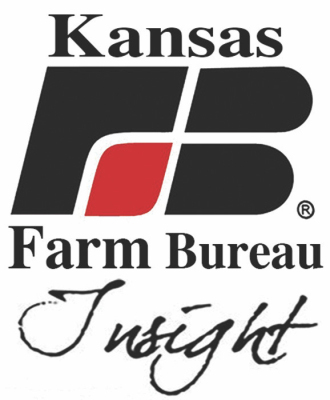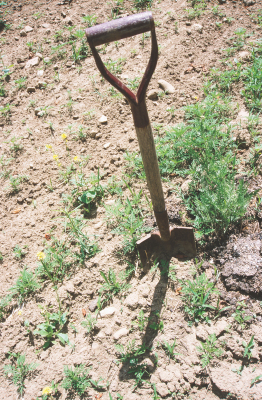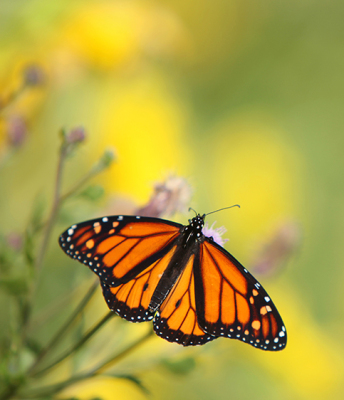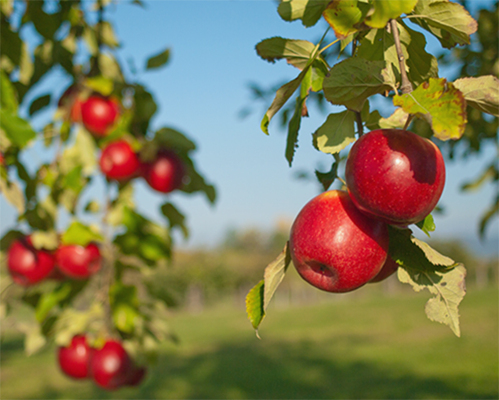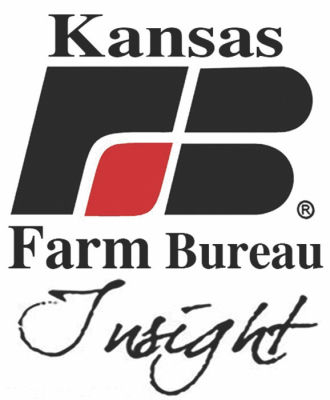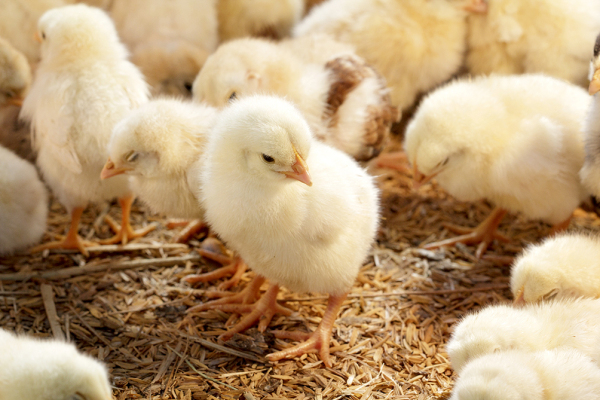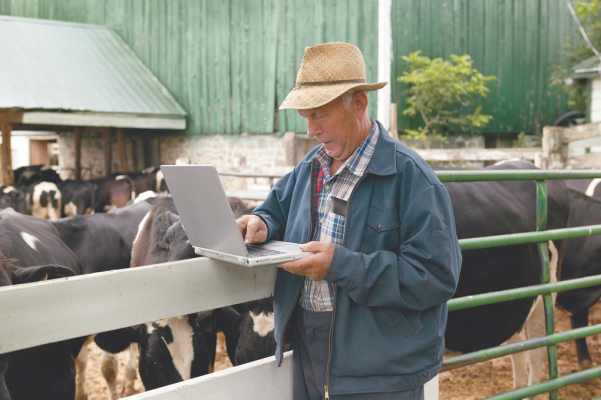Body
Cow-Calf Checklist for April 2023 Cowherd management Evaluate Body Condition Score (BCS) and adjust nutrition for spring-calving females going into breeding. Ensure thin (BCS less than 4.0) females are on an increasing plane of nutrition. Females in a BCS greater than 6.0 should not be losing condition. Record cow BCS and use it as a guide for future management. Start lactation rations after the first calving cycle. Pregnancy check fall calving cows and make culling decisions. How were pregnancy rates relative to last year? Do we need to re-think the fall/ winter nutrition program? Plan your mineral supplementation for this coming spring and summer. Measure your cows’ intake and adjust it as needed. If using fly control products, start them at recommended times for your area. Properly store bagged mineral and avoid damaging bags and pallets. The risk of grass tetany is greatest for lactating cows. Consider magnesium levels in mineral supplements, particularly for cows grazing the following: wheat, rye, triticale, oats, brome grass, and other cool-season forages. Use the estrus synchronization planner from KSUBeef.org to help plan synchronization protocols. Schedule breeding soundness examinations on bulls well prior to turnout. Allow yourself plenty of time to find a replacement bull if needed.




